Amorphophallus cognac: what it looks like, the rules of care
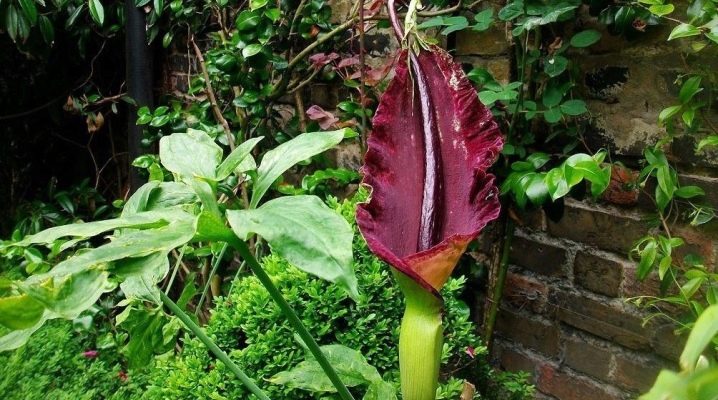
Amorphophallus cognac is a beautiful and unusual plant with a large burgundy flower that appears in early spring before the leaves. However, not everything is so simple: behind a rare beauty there is an unpleasant odor, due to which the flower often has to be grown on the balcony. In the article, we will consider the main nuances of caring for the so-called snake palm and growing it at home.
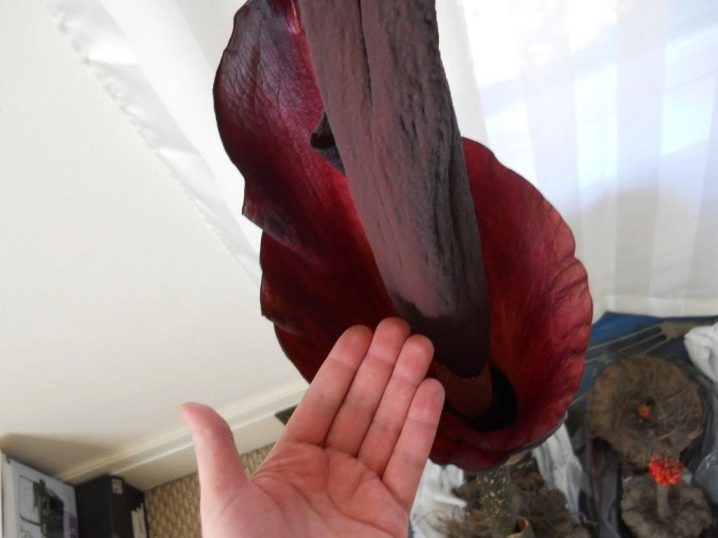
Description
This flower is purchased in stores in the form of baby tubers, which must be planted on their own in prepared pots or in personal plots. A healthy plant has a uniform tuberous skin color. After purchase, they are usually removed to a cold place until disembarkation. It is produced in the spring, when the thermometer exceeds +12 degrees Celsius.
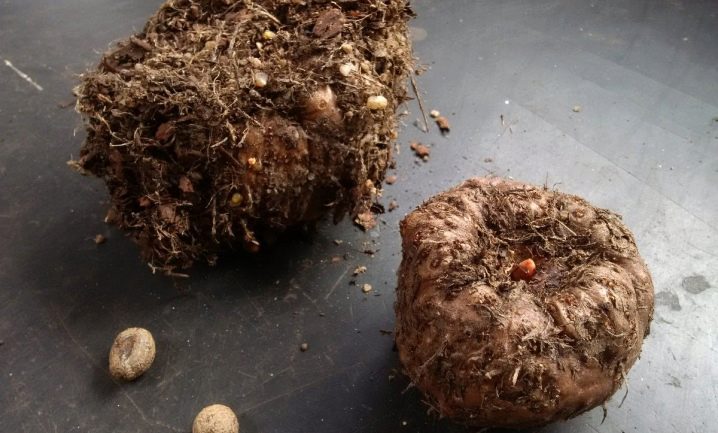
The exotic flower belongs to perennials, it is a short-lived plant. It is distinguished by the singularity of the inflorescence, which outwardly resembles a burgundy-purple ear, looking up. Its length can vary from 15 to 100 cm.
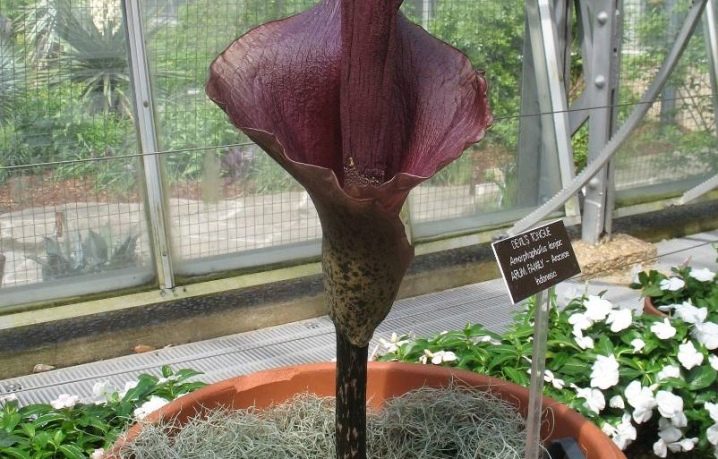
As a rule, the ear is always enveloped in a large petal up to 35 cm long.
The upper part is considered sterile because it does not form flowers. Themselves as female and male flowers are at the bottom of the cob. The only leaf in amorphophallus is repeatedly dissected, the diameter of which is about 1 m on average. It dies off after flowering ends, and a new one grows next year, as a rule, larger and higher.
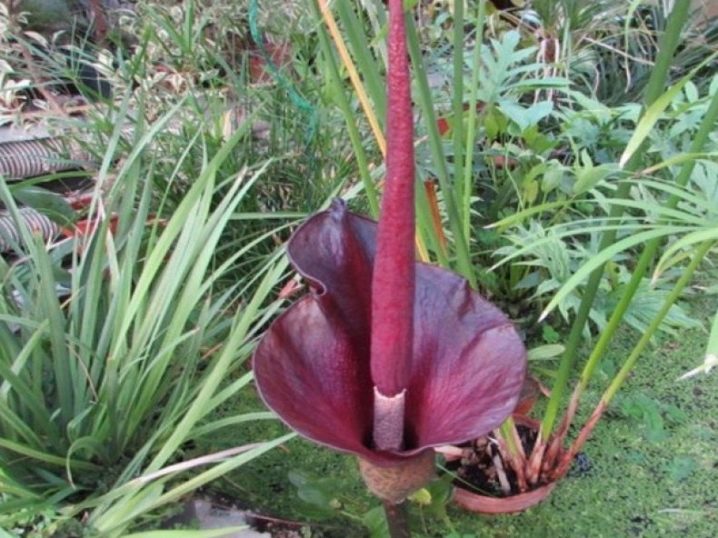
The maternal tuber can be up to 20 cm and weigh up to 5 kg, the babies of the plant are noticeably smaller: their size is usually 2 cm. Depending on the age of the amorphophallus, the tubers may be larger. There are always many of them, although the flower can be propagated by dividing the bulb. Amorphophallus roots grow from its top.
Peculiarities
The amorphophallus cognac plant is quite large, although picky to care for. It does not require any special temperature conditions, as well as critical illumination. The flower is distinguished by a pronounced period of winter dormancy. Its unpleasant smell is not accidental: it is adaptability to pollination, and the smell is aggravated by the night.
The flowers themselves are not only hidden from insects, but also bloom in turn. First, women are dismissed for one day, then - men with a difference of a day. They are pollinated mainly by nocturnal insects, which feed on the flower itself. For them, the smell of decomposing meat is like an alluring aroma, but they cannot lay the larvae on the amorphophallus.
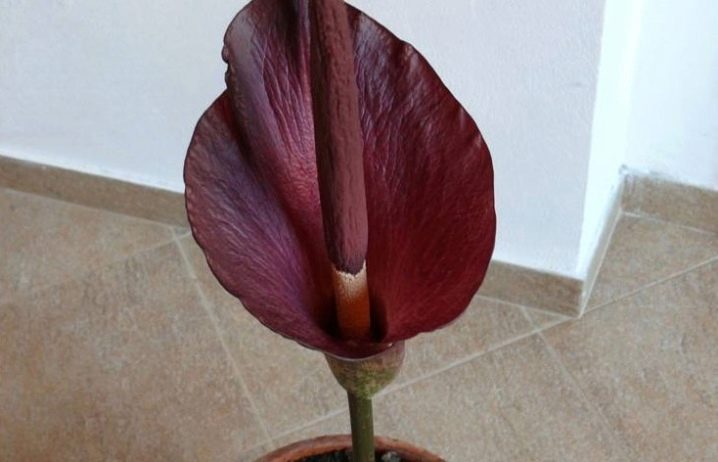
Pollination occurs in an unusual way: insects carry pollen on themselves, first being in female flowers, then in male flowers. Insects cannot get out until the end of pollination, which is hindered by the special cilia of the flower. The plant is remarkable in that its tubers are used for medicinal purposes and for cooking.
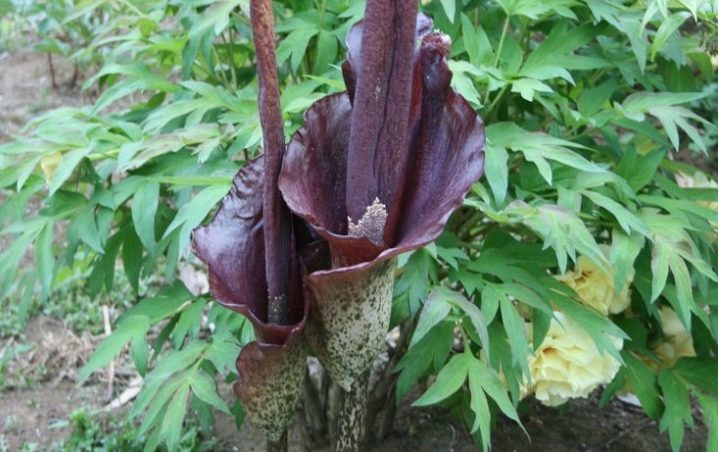
However, it cannot be called fully studied and safe today.
How to take care of it properly?
Having decided to grow amorphophallus cognac at home, you need to take care of a large flower container. The depth of the pot must be sufficient and the sides must be level to ensure that water can drain freely. The tuber is planted in fertile humus and watered. With proper care, the flower grows quickly: the right conditions will allow a tiny sprout to turn into a two-meter tree in a month.Let us briefly note the main points of caring for a large tropical plant.
Soil and development
In order for the flower to develop correctly, it is necessary to prepare the ground for it. To do this, mix 4 parts of garden soil with one part of sand. If you want to buy a ready-made substrate, you need to choose a soil for indoor flowers of the aroid family. You need to prepare the soil before March: this is the best time for planting.
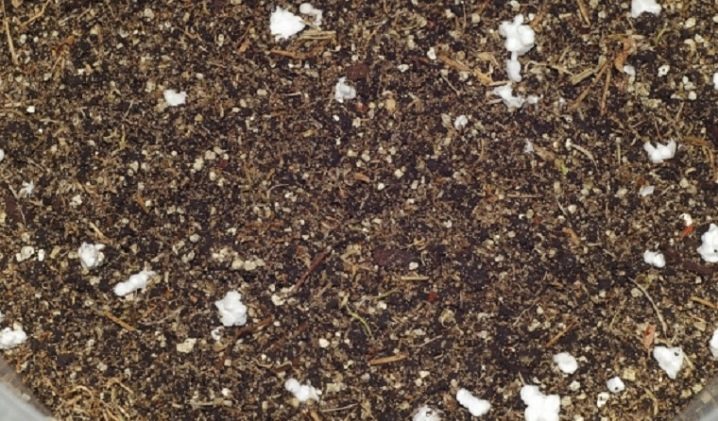
The corm feeds the plant, the roots grow back later. A remarkable nuance of development is the fact that the flower is an early phase of life, and the flowering itself depletes the tuber, from which it decreases in size. A single leaf grows towards the end of spring, rising on a tall, spotted stem. During this period, the tuber accumulates nutrients that it will need for the next flowering.
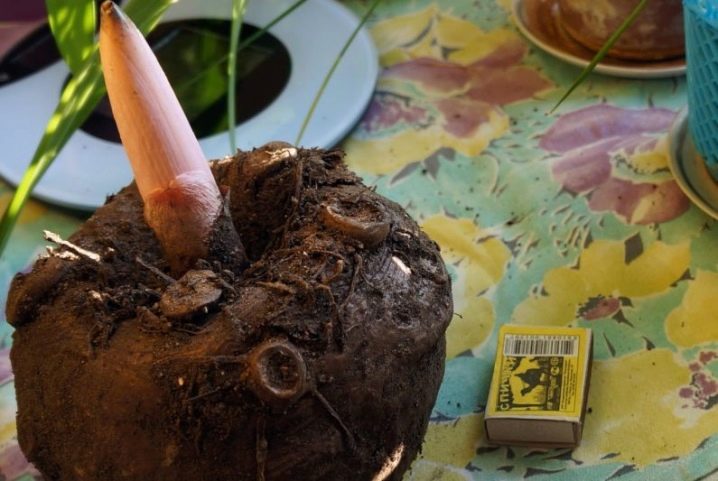
Moreover, it can grow not only with roots, but also with children, which in rare cases can reach a similar size. All the time it is necessary to provide the plant with a temperature regime with a range from +22 to +25 degrees Celsius. A comfortable state of rest is achieved at a temperature of +10 degrees Celsius.
With regard to illumination, the plant is photophilous, although it does not tolerate direct sunlight. If it is in a shaded place, it will affect its growth and development. It is better to put it near a window that faces the south or southwest side.
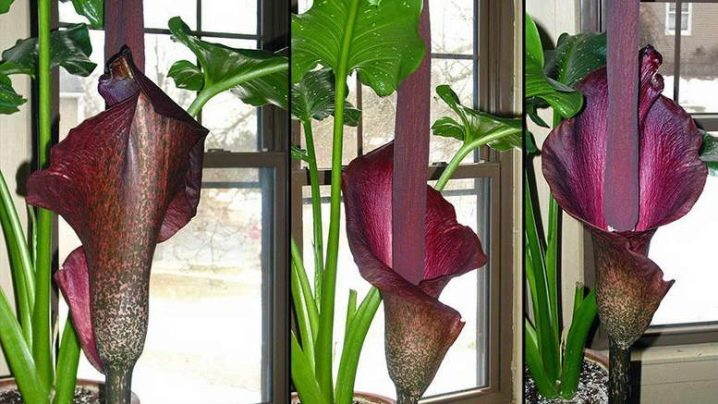
Bloom
In general, amorphophallus cognac is undemanding to lighting conditions and air movement. Therefore, in room conditions, it will develop quite well. The only thing that can change as opposed to growing in vivo is size, which is usually smaller than street size.
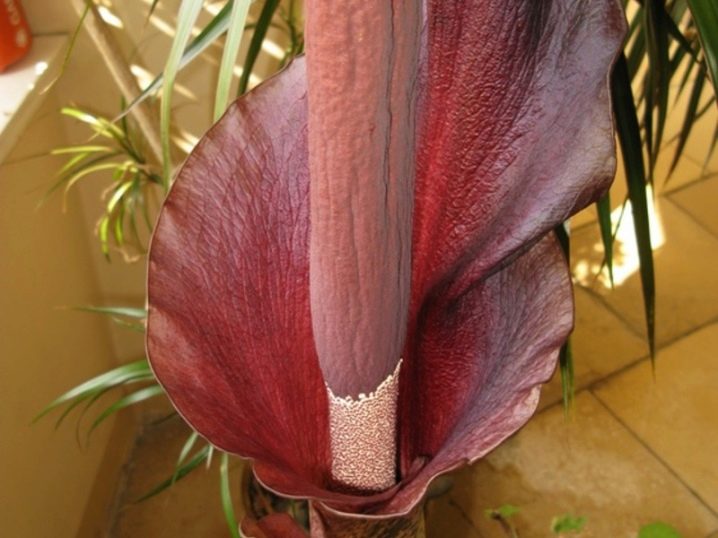
But as practice shows, it will bloom annually.
The plant usually blooms in April, as evidenced by the smell of rotting flesh, as well as sticky drops on the cob itself. The flowering itself usually lasts no more than two days. Immediately after this, the flower withers, and the smell gradually disappears. After 3-4 weeks, a green leaf appears, which begins to grow and divide into parts. To prevent the plant from drying out, it is necessary to provide it with proper moisture.

Watering
From the moment of planting until the end of flowering, it is important to ensure abundant watering, avoiding direct contact between water and the tuber. This is explained by the lack of roots in the tuber, which can absorb moisture. If you pour the tuber directly, it can rot. You can water it so that the water seeps onto the sump.

However, after half an hour from the moment of watering, the water is drained, preventing the tuber from getting wet. From the beginning of autumn, watering begins to gradually dose, moisturizing the plant when the top layer of the soil dries up. You can spray the flower, this does not harm it, since the natural conditions for it are the tropics with a humid climate.

Top dressing
In order for the plant to grow strong and healthy, it needs to be fed in a timely manner. During the period of active development and flowering, this should be done 2 times a month. The first feeding can be done about a month and a half after the emergence of the sprout. It is imperative for amorphophallus that the soil is abundant in phosphorus, because the more it is, the faster and better the tubers gain mass.
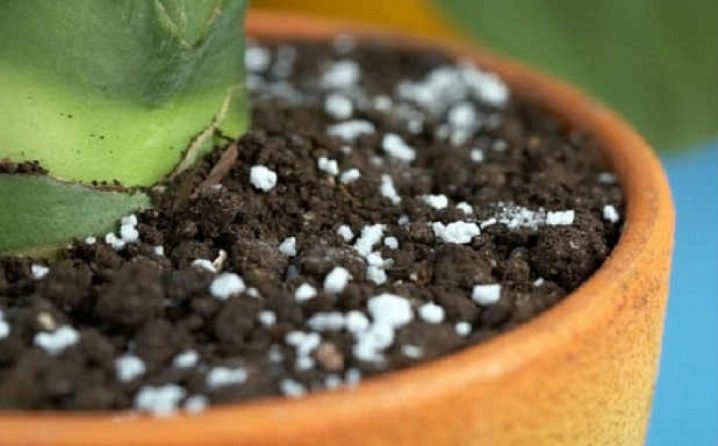
To make the right top dressing, you need to mix nitrogen, phosphorus and potassium in proportions 1: 3 (4): 2. It will be useful to saturate the soil with humus or feed it with manure. However, this must be done correctly, without mixing with other dressings. You need to change the soil to fresh and fertile no more than once a year.

Top dressing, however, needs to be alternated; before fertilizing, it is necessary to water the soil abundantly.
Peace and awakening
You need to harvest the plant for rest at the end of September, when it turns yellow, and then dies off. Around this period, it is already aging, and its ground part gradually dries out. It is necessary to remove the tuber together with the pot in a cool place in the apartment or at home.So that it does not rot, the earth must be dried. Now you can leave the plant in a pot until February - early March, waiting for its dormant state to end. As a rule, the flower will inform about the beginning of life by the appearance of a fresh sprout.

While the flower is at rest, care must be taken to ensure that the soil does not dry out. It will have to be systematically moistened. As soon as the sprout hatches, you will need to update the soil and pot by purchasing the substrate in the store. When planting, the soil should be watered abundantly and put in a permanent place.
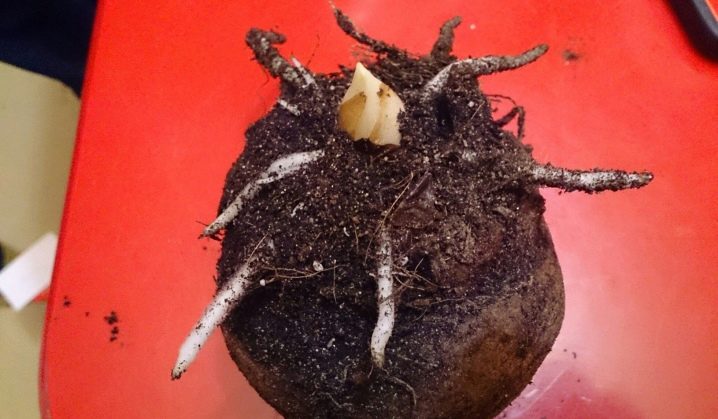
It should be borne in mind that the flower, due to an unpleasant odor during flowering, can change its permanent place. Old soil is not suitable for normal growth and development. As for the pot, you will have to choose a container larger than the old one. This is necessary for the normal development of the root system and its oxygenation.
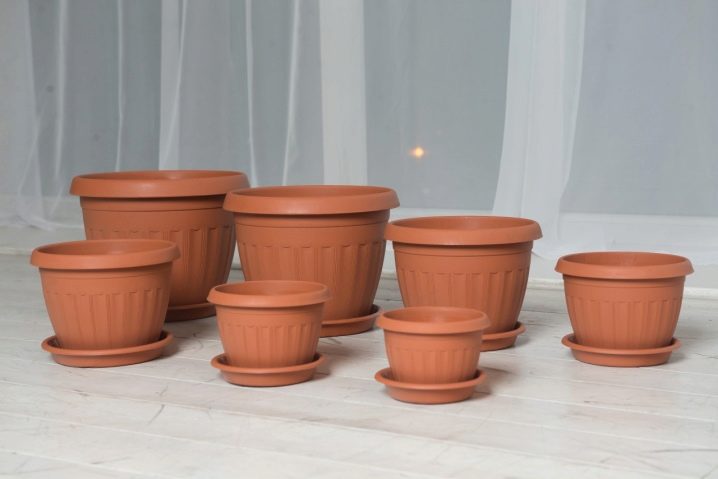
Possible problems
Sometimes before the spring planting of a tuber, rot can be observed on its surface. In this case, it is cleaned of the soil, and the affected part is removed with a knife. Bare sections should be covered with crushed charcoal and dried within 24 hours.
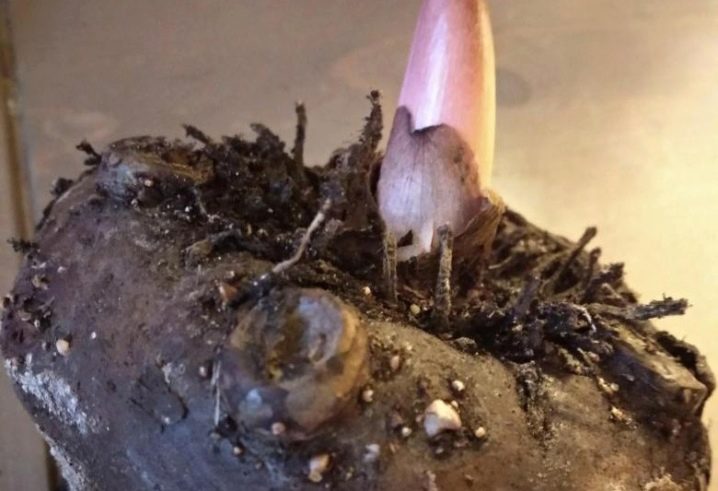
If aphids or spider mites are seen on the plant, they are disposed of with the help of chemicals. Mostly a young leaf can suffer from pests. When a spider mite appears, a whitish cobweb forms. In this case, the plant must be washed with soapy water using a sponge, and only then treated with an insecticide.
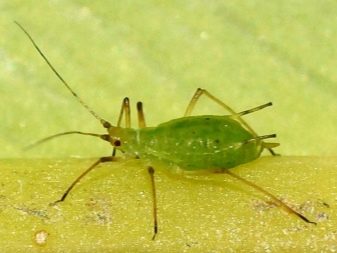
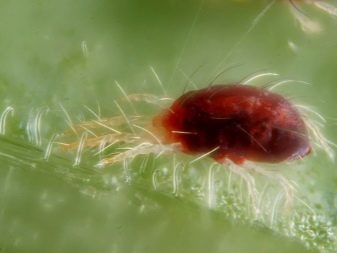
If the edge of the leaf becomes dry, this indicates dry indoor air. Here it is enough to spray the plant. When the stem or crown is rotting, this indicates waterlogging. Sometimes the dormant period of the tuber can begin immediately after the end of flowering and continue until the next year.
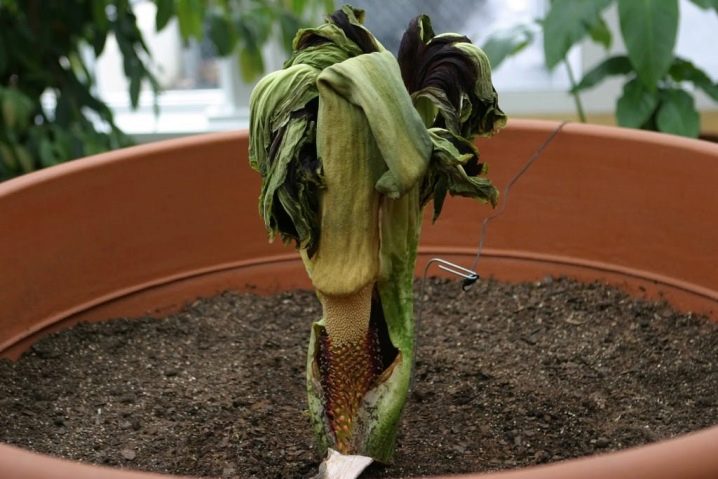
As for the pollination of a flower, this procedure is problematic at home. However, if this occurs, the mother plant dies off, fleshy berries with seeds appear in the place of the flower. In general, for pollination, it is necessary that the flowers of the two sexes open at the same time.
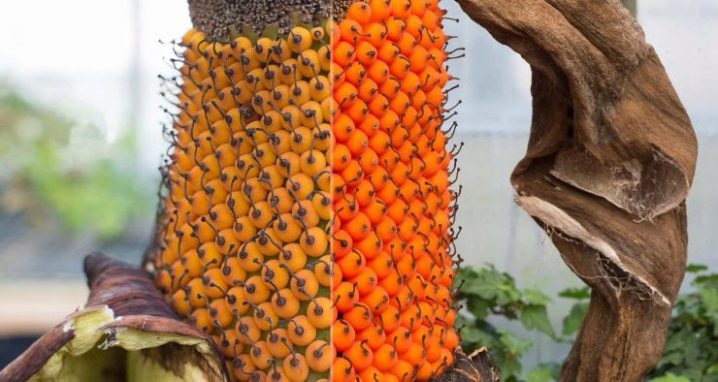
Despite its use in cooking and medicine, the plant is considered poisonous, and therefore, when caring for it, you must not forget to wash your hands.
For the beginning of the growth of the amorphophallus of the ridge, see the video below.

























The comment was sent successfully.